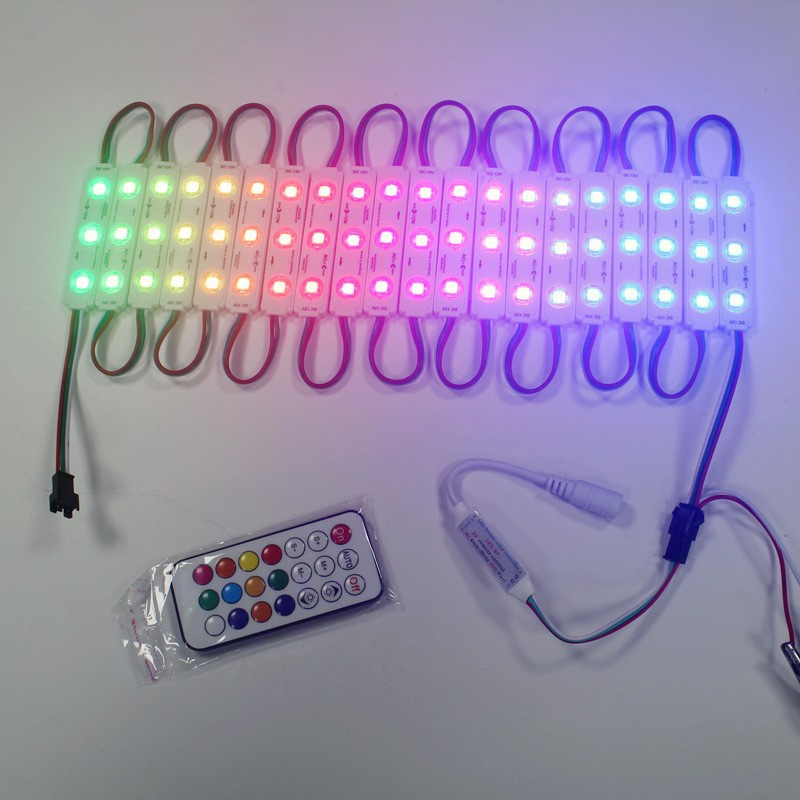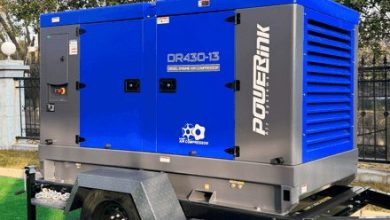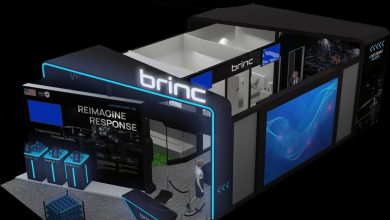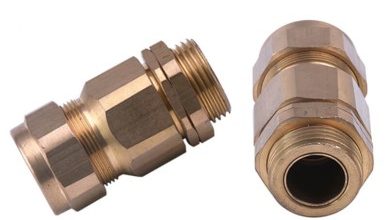When sourcing LED modules in 2025, one of the most critical yet often misunderstood specifications is the IP rating. Whether you’re lighting up a garden, a warehouse, or a retail showroom, choosing the wrong IP-rated module can result in product failure, warranty voids, safety hazards, or unnecessary cost.
This comprehensive guide will demystify IP ratings (Ingress Protection ratings) for LED module suppliers, explain how they work, why they matter, and how to select the right one for your specific environment—be it indoor, outdoor, dusty, wet, or industrial.
What Is an IP Rating?
IP stands for Ingress Protection. It’s an international standard (IEC 60529) that classifies the degree of protection provided by enclosures of electrical equipment—against solids (like dust) and liquids (like water).
An IP rating is usually written as:
IPXY
Where:
-
X = protection against solid objects (dust, particles)
-
Y = protection against liquids (water, moisture)
Example: IP65 means:
6 = Dust-tight (complete protection against dust)
5 = Protected against water jets from any direction
IP Rating Chart for LED Modules
| IP Rating | Solids Protection | Liquids Protection | Use Case Example |
|---|---|---|---|
| IP20 | No protection from solids | No protection from liquids | Indoor lights in dry environments |
| IP44 | Protection from small objects | Protected from splashing water | Bathrooms, kitchens |
| IP54 | Limited dust protection | Splash-resistant | Light outdoor use, workshops |
| IP65 | Completely dust-tight | Protected from low-pressure water jets | Outdoor signage, wall lights |
| IP66 | Dust-tight | Protected from strong water jets | Factory lighting, building facades |
| IP67 | Dust-tight | Protected from immersion up to 1 meter | Garden lights, underground parking |
| IP68 | Dust-tight | Protected from long-term water immersion | Underwater LED modules for fountains, pools |
Why IP Ratings Matter for LED Modules
LED modules are electronic components, meaning they can fail easily when exposed to:
-
Moisture (short circuits, corrosion)
-
Dust and dirt (block light, trap heat)
-
Humidity (degrades PCB and drivers)
-
Water jets or rain (penetrates connectors or housing)
The IP rating determines:
-
The lifespan of the module in real-world environments
-
Whether the module meets industry safety and building codes
-
If you qualify for warranty coverage or not
-
Your product’s reliability, especially outdoors or in harsh conditions
️ Structure of an IP-Rated LED Module
A properly IP-rated LED module typically includes:
-
Sealed casing (often polycarbonate or aluminum)
-
Gasket-sealed joints
-
Waterproof cable glands
-
Encapsulated PCB
-
Conformal coating
-
UV-resistant lens (for outdoor use)
Not all IP-rated products are made equal—ask for certification documents and lab testing reports to ensure compliance.
IP Rating vs Environment: What to Use Where?
Here’s how to select the right IP rating based on where your LED module will be installed in 2025:
✅ Indoor Environments
| Area | Recommended IP Rating | Why |
|---|---|---|
| Living room | IP20–IP33 | Dry, clean area |
| Kitchen | IP44 | Protection from water splashes and steam |
| Bathroom ceiling | IP44–IP65 | Steam, water vapor, occasional splashes |
| Indoor signage | IP33–IP44 | Dust and occasional touch |
✅ Outdoor Environments
| Area | Recommended IP Rating | Why |
|---|---|---|
| Garden/pathway lights | IP65–IP67 | Dustproof and resistant to rain/sprinklers |
| Facade/wall lighting | IP65–IP66 | Exposure to heavy rain and dust |
| Underground parking | IP65–IP67 | Moisture, dust, pressure washing |
| Street lighting | IP66–IP67 | High pressure water jets, urban dust pollution |
| Pool/fountain lights | IP68 | Long-term immersion in water |
✅ Industrial and Harsh Environments
| Area | Recommended IP Rating | Notes |
|---|---|---|
| Warehouses | IP54–IP65 | Dust and accidental contact |
| Factories (dusty) | IP65–IP66 | High-particle environments |
| Chemical plants | IP66–IP68 + Chemical rating | Harsh fumes, splashes, corrosion |
| Food processing areas | IP66+ | Washdowns, steam, hygiene standards |
How Are IP Ratings Tested?
Manufacturers must follow IEC 60529 testing procedures to earn valid IP ratings.
Solid Particle Test (First Digit)
-
Dust chambers simulate real-world dusty environments.
-
A module rated IP6X is tested for complete dust tightness.
Water Resistance Test (Second Digit)
-
Water jets (IPX5/IPX6), immersion tanks (IPX7/IPX8), and high-pressure hoses are used.
-
IPX7 = Immersed for 30 minutes at 1m depth
-
IPX8 = Immersed beyond 1m depth (manufacturer specifies depth/duration)
Real-World Testing (Optional)
In 2025, many reputable manufacturers go beyond lab tests and perform:
-
Salt-spray tests
-
Thermal cycling
-
UV exposure testing
-
Humidity chambers
-
Vibration testing for IP-rated outdoor modules
⚠️ Common IP Rating Mistakes to Avoid
❌ 1. Overestimating Indoor Needs
-
Using IP65 indoors adds cost but provides no real benefit in dry areas.
❌ 2. Underestimating Outdoor Demands
-
Outdoor modules without IP65+ fail quickly due to rain and dirt exposure.
❌ 3. Confusing IP67 and IP68
-
IP67 is temporary immersion, while IP68 is continuous immersion.
-
Don’t install IP67 modules inside fountains or pools!
❌ 4. Not Sealing Cable Entry Points
-
IP ratings are void if cables or connectors aren’t equally protected.
❌ 5. Assuming All “Waterproof” Modules Are IP Certified
-
“Waterproof” ≠ tested.
-
Always ask for test certificates from IEC/UL/CE bodies.
IP Ratings and Product Packaging
In 2025, most LED module suppliers indicate IP rating on:
-
Product datasheets
-
Module packaging
-
Casing labels
-
Online product listings
Look for:
✅ IP65/66/67 logo
✅ CE + RoHS marks
✅ UL/ETL certification (if sold in the US)
✅ Testing lab documentation
How IP Ratings Affect Cost
| IP Rating | Cost Impact | Why |
|---|---|---|
| IP20–IP33 | Lowest cost | Minimal protection needed |
| IP44–IP54 | Slightly higher | Seals and better housing |
| IP65–IP67 | Moderate cost | Waterproof enclosures, testing |
| IP68 | High cost | Full sealing, immersion proof |
Tip: Don’t over-spec unless needed—it can inflate your BOM cost by 15–40%.
✅ IP Rating Checklist for Buyers
Before you order LED modules, ask your supplier:
-
What is the certified IP rating of this module?
-
Has it been tested to IEC 60529 standards?
-
Can you share the IP test report?
-
Are connectors, wires, and enclosures also rated?
-
Is the IP rating factory-sealed, or do we need extra housing?
Pro Tips for 2025 Projects
-
Use IP44+ in kitchens/bathrooms—even indoors
-
Always go IP65+ for outdoor modules, even under awnings
-
Add thermal and UV ratings for exposed outdoor installations
-
Don’t mix IP20 LED modules with IP65 housings unless properly sealed
-
Match IP rating of module, driver, and cables for full protection
Final Thoughts
IP ratings are more than just technical numbers—they are essential indicators of product reliability, safety, and application suitability. In 2025, with LED modules used across diverse environments and industries, understanding IP ratings is critical to:
-
Preventing failures
-
Meeting regulations
-
Avoiding costly replacements
-
Ensuring customer satisfaction
Whether you’re lighting up a spa, a factory, a parking lot, or a swimming pool, there’s an IP-rated LED module designed for that job. Choose wisely, verify certifications, and align your budget with your environmental exposure level.
Need help sourcing high-IP-rated LED modules for harsh or specialized environments?
We provide consultation, supplier matching, and IP compliance verification for all industrial and commercial lighting projects.




